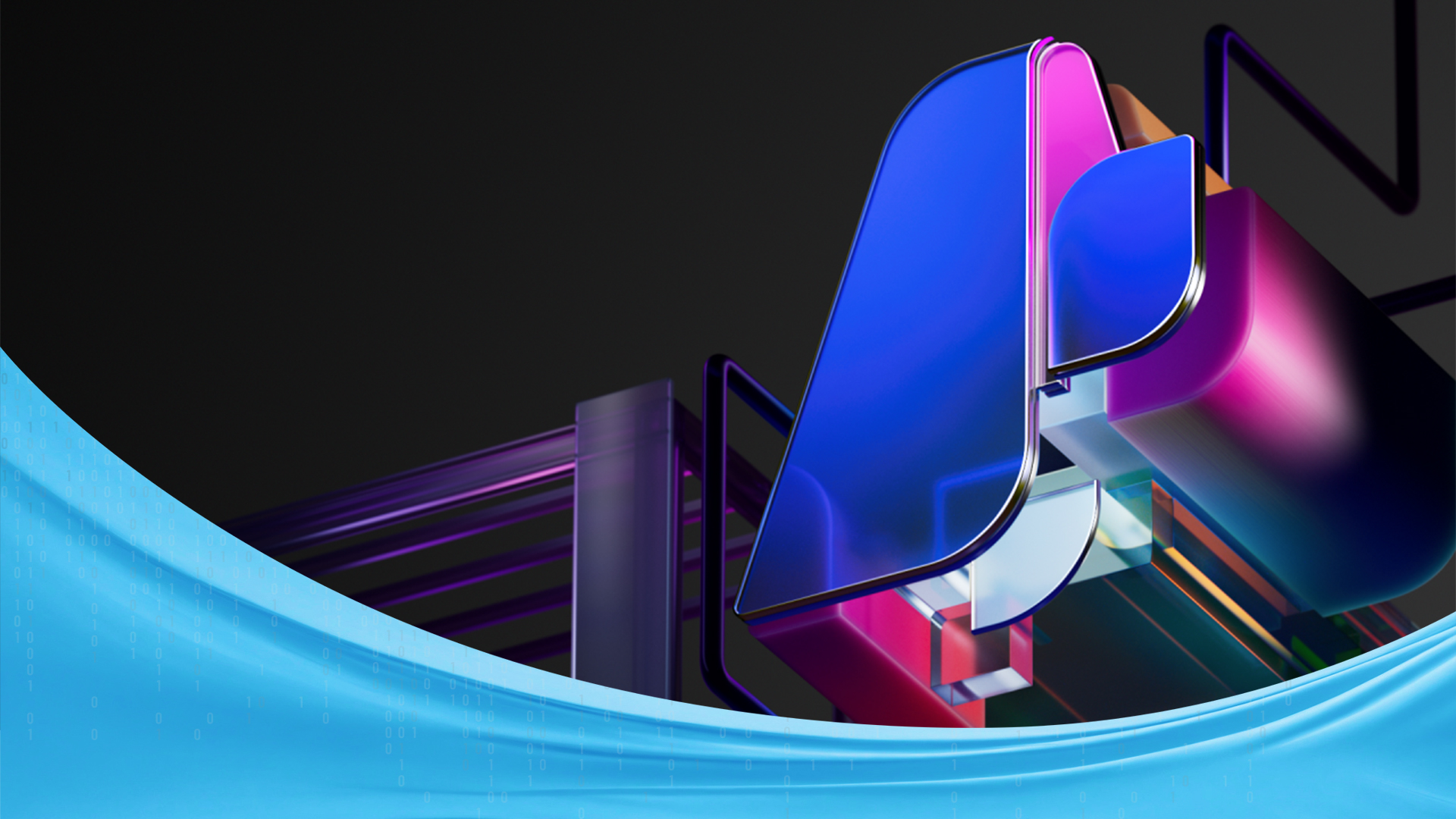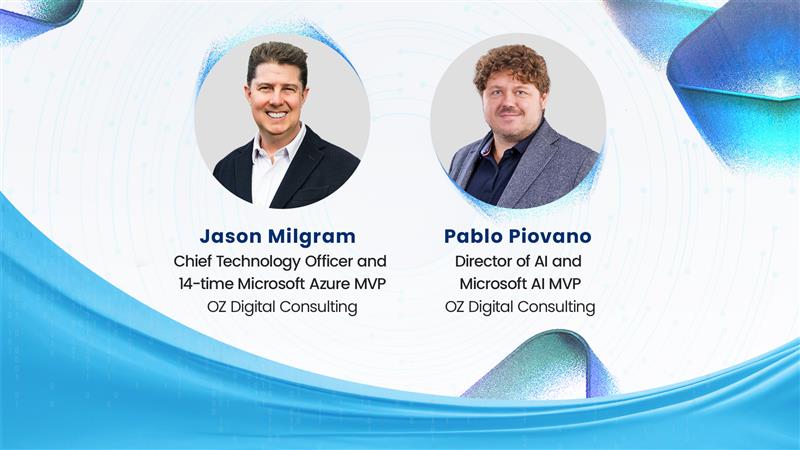Selecting the right AI model for your solution is like choosing the blueprint for building a smart, scalable house: It determines everything from performance and cost to user experience and future adaptability. With the rise of generative AI, Microsoft’s Azure AI Foundry offers a robust, unified platform to explore, customize, and deploy AI models across enterprise-grade infrastructure.
At the heart of this platform is the Model Catalog, a curated and comprehensive library of foundational models from Microsoft, OpenAI, Meta, Mistral, NVIDIA, and Hugging Face. Whether you are evaluating Azure OpenAI models like GPT-4 Turbo or exploring open-source alternatives like Llama 3 or Mistral 7B, Azure AI Foundry provides you with detailed benchmarks, deployment options (serverless or managed), built-in safety tools, and fine-tuning capabilities.
Before you build or deploy your AI solution, these five questions will help you choose the right model ensuring you align your technical, operational, and business goals right from the start.
1. What specific task or business outcome do I need this AI model to achieve?
Start by identifying the exact problem the AI solution will solve and the business value it should deliver. This foundational question sets the direction for all decisions that follow—from model selection and deployment architecture to governance and measurement.
Are you looking to automate repetitive workflows, improve customer engagement, reduce operational costs, enhance decision-making, or accelerate time-to-market? Be clear about the objective. For example:
- Customer Service Teams may seek AI-powered chatbots to provide instant, 24/7 support while reducing call center volume.
- Marketing Teams might want generative models to craft compelling content, analyze audience sentiment, or personalize campaigns.
- Operations and Supply Chain Leaders could use predictive models to forecast demand or detect anomalies in logistics.
- Legal and Compliance Teams might need document intelligence to extract and summarize critical contract information.
Each scenario may require different model characteristics—speed, accuracy, reasoning ability, or scalability. Azure AI Foundry’s model catalog lets you filter and evaluate models according to specific tasks. This makes it easier for IT professionals to assess technical fit and for decision-makers to validate ROI and business alignment early in the AI development cycle.
Whether starting with a prototype or building for enterprise scale, begin with a clear understanding of your desired business outcome. That clarity not only shapes your choice of model but also drives stakeholder alignment, budget approval, and overall project success.
2. What are my use case’s performance, speed, and resource requirements?
Not all AI models are created equal—some are optimized for lightning-fast interactions, while others are better suited for complex reasoning or high-accuracy tasks. Understanding your performance and resource requirements ensures that your model meets user expectations and operational constraints.
Start by evaluating the end-user experience. Will users expect immediate responses in a live chat? Or can the application tolerate a few seconds of processing, such as in document summarization? Azure AI Foundry provides benchmarking tools that allow IT professionals to compare latency, token throughput, accuracy, and cost across models.
For lightweight, real-time tasks, recent models like GPT-4o mini and Phi-4 mini reasoning offer fast inference with low compute costs, making them ideal for deployment on resource-constrained devices. For enterprise applications requiring advanced reasoning, multimodal capabilities, or extended context windows, models such as OpenAI GPT-4.1 / o3, Claude 3.7 Sonnet, and Qwen 3 offer state-of-the-art performance and broad applicability.
Also, consider the impact of infrastructure: Can the model run efficiently on available cloud or hybrid hardware? Decision-makers should weigh performance against budget and licensing constraints, especially when planning large-scale deployments.
3. Which deployment option offers the best scalability, security, and cost balance?
Deployment architecture is a critical factor in the success of any AI solution. Azure AI Foundry supports multiple deployment options to meet varying control, scalability, compliance, and operational efficiency needs.
- Managed Deployment is ideal for organizations requiring enterprise-grade controls, such as virtual network isolation, encryption, private endpoints, and authentication via Entra ID. It supports high throughput and flexible scaling with greater control over compute resources.
- Serverless API is an excellent option for teams needing fast prototyping or unpredictable workloads. There is no infrastructure to manage, and billing is usage-based (per token), which can reduce upfront costs.
IT leaders should assess which option best suits their architecture, security policies, and operational capabilities. Business leaders can focus on the cost-to-value ratio—especially for scalable applications that serve large user bases or integrate into customer-facing platforms.
Azure AI Foundry simplifies this decision-making process by offering a consistent management experience, deployment guidance, and integration with Azure Monitor, Cost Management, and DevOps tools.
4. How transparent, explainable, and compliant is the model I plan to use?
Transparency and compliance are no longer optional, especially in healthcare, insurance, finance, education, and government industries. Stakeholders need assurance that AI models are fair, secure, traceable, and aligned with ethical and regulatory standards.
Azure AI Foundry supports these needs through detailed model cards for each model in its catalog. These include:
- Training data sources and methodology
- Intended use cases and limitations
- Version history and performance benchmarks
- Licensing information and safety documentation
Models allowing auditing, explainability, and bias detection will help organizations comply with emerging AI regulations such as the EU AI Act or the U.S. NIST AI Risk Management Framework. For technical teams, this improves model governance. For business leaders, it minimizes reputational risk and builds trust with end users and regulators.
Responsible AI is not just a checkbox—it is a continuous practice. Choose models and a platform that aligns with your organization’s risk posture and values.
5. Will the model scale and evolve with my application over time?
AI is not a one-and-done initiative. Your model must grow with your business—handling new data, increasing demand, and evolving use cases without losing performance or incurring runaway costs.
Azure AI Foundry supports dynamic scaling and continuous improvement. You can fine-tune models, integrate them into CI/CD pipelines, and use techniques like prompt engineering, model pruning, and quantization to maintain efficiency at scale.
IT professionals should assess how easily the model supports retraining or optimization. Can it incorporate new data sets or user feedback loops? Is there infrastructure in place to manage the rollout of model updates across environments?
For business leaders, scalability means agility. A scalable AI model reduces time to market, adapts to business changes, and supports new revenue streams without the need for complete reengineering. Choosing a model that scales with you ensures that your AI investment continues to pay off long after deployment.
Ready to Get Started?
Choosing the right foundational model is only the beginning. Our experts guide you through deployment, integration with your existing systems, and ongoing optimization, ensuring your AI investment continues to deliver value over time.
Let’s talk about how we can accelerate your AI success. Contact us today.




